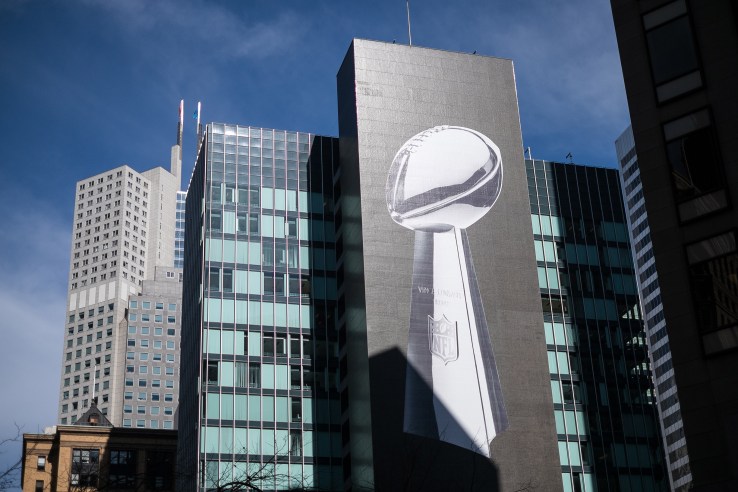Super Bowl Technology Mishaps And Real Time Rescues

The Super Bowl is the crowning glory of sports in the United States, but it hasn’t been without it’s mishaps. They aren’t the last minute fumbles, missed field goals, or obvious interceptions either. They’re those unfortunate outside incidents that stopped or changed the course of the game.
In many cases, today’s real time technologies could have been applied for simple fixes to the unforeseen mishaps of modern technologies.
In 2013, there was a power outage during Super Bowl XLVII. The outage was ironically caused by a device specifically made to stop power outages. The equipment sensed an ‘abnormality’ and decided to open a breaker which cut the power to the field for 34 minutes.
Smart Grids could have saved the day.
Multiple sensors would have been measuring voltage and current levels throughout the stadium and correlating this with expected usage. Multiple breakers for redundant circuits would have been in place, with analytics software checking for normality and rerouting power as necessary. The lights may have dimmed, or non-critical systems like indoor heating or bar lighting, turned off, but the game would have gone on.
In 1982, the teams were travelling by bus to the Silverdome for Super Bowl XVI. The buses took different routes and the bus carrying the SF 49er’s was caught up in traffic due to bad weather and then VP George HW Bush’s motorcade. Despite arriving with less than an hour to go, the 49er’s still managed to win 26-21.
Crowd-sourcing apps, real-time road-sensors, and streaming analytics would have enabled them to dynamically reroute and avoid the worst of the traffic; and GPS with real-time location tracking could have notified the NFL of their predicament (or, of course, they could have called from a cell phone).
Honorable mentions in football, but not directly related to the Super Bowl, have to go to the 1968 Heidi Bowl and the 2014 Seahawks opening games.
The increasing popularity of Smart Phones, coupled with a love for sharing, and the ubiquity of photos and videos has put an increasing strain on cellular networks. So much so that, in 2014, for the opening game of the Seattle Seahawks, city officials asked citizens to limit their “non-essential mobile conversation”. No tweeting that grainy fumble-vid you took from 100 yards away, even if you did apply the Fade filter and edit in the Benny Hill theme music.
The city was concerned that large amounts of highly localized mobile photo and video interchange would put a strain on networks and limit the capabilities for 911 or other emergency calls.
Adding additional LTE-capable Distributed Antenna Systems at the stadium would have helped.
And finally – in 1968 the Oakland Raiders were playing the New York Jets. Airing on NBC, the executives wanted to piggy back on the popularity of the game to drive audiences into the showing of their new movie Heidi.
They had highly publicized this film and secured exclusive sponsorship from Timex. In those days games typically didn’t exceed two and half hours, so with a start time of 4pm Heidi was scheduled to start at 7pm. Timex had (being watchmakers) insisted the movie must begin on-time and had included such clauses in their contract.
However, there were more injuries and penalties than usual, and at 6:45pm it appeared the last quarter was going very slowly. A nervous technician, whose job it was to switch to the Heidi feed, tried to get word from the NBC executive to check if he should keep the game running.
Unfortunately, so many people called NBC (either wanting Heidi to start on time, or to continue watching the game) that the switchboard fuses blew and they were without phones. Unable to contact anyone, he followed orders and at 7pm switched to Heidi. In the last minute of the game the Raiders scored twice in 9 seconds and won 43-23.